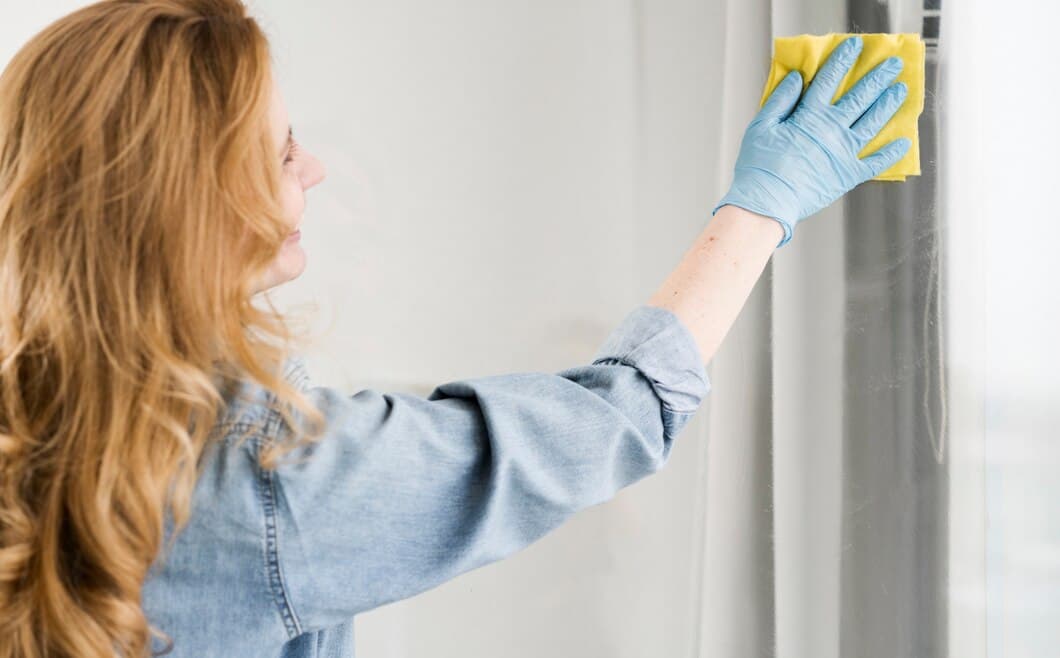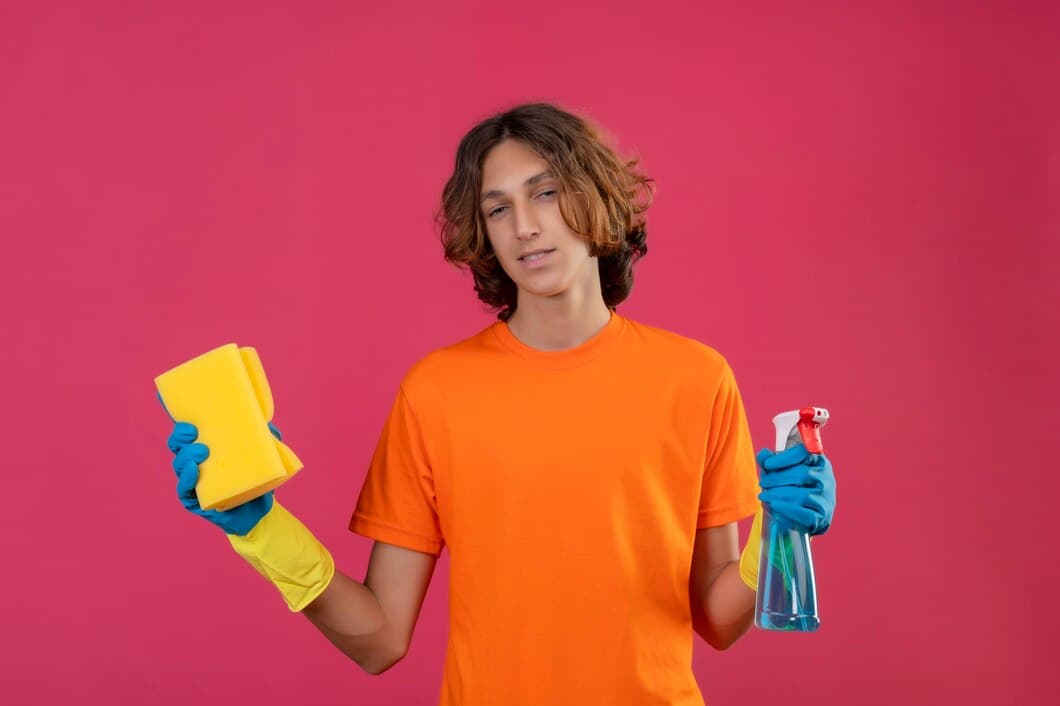

Pool filters are an essential part of keeping your pool clean and healthy. They remove dirt, debris, and other contaminants from the water, helping to prevent the growth of bacteria and algae. However, over time, pool filters can become clogged with dirt and debris, which can reduce their effectiveness and even damage the filter.
To keep your pool filter working properly, it is important to clean it regularly. The frequency with which you need to clean your filter will vary depending on the type of filter you have, the size of your pool, and how often you use it. However, as a general rule, you should clean your pool filter at least once a month, and more often if you have a heavily used pool.
There are three main types of pool filters: sand filters, cartridge filters, and DE filters. Sand filters are the most common type of filter and use sand as the filtering media. Cartridge filters use pleated paper or fabric cartridges to trap dirt and debris. DE filters use diatomaceous earth as the filtering media. Each type of filter has its own advantages and disadvantages, so it is important to choose the right one for your pool.
To determine the type of pool filter you have, look at the top of the filter. Sand filters will have a sand cap, cartridge filters will have a cartridge cap, and DE filters will have a DE cap. You can also look at the inside of the filter. Sand filters will have a sand bed, cartridge filters will have cartridges, and DE filters will have a DE grid.
Once you know the type of pool filter you have, you can follow the instructions in the next section to clean it.
Before you start cleaning your pool filter, it is important to gather all of the necessary materials. This will help you to avoid having to stop and search for items while you are in the middle of cleaning. The materials you will need include a garden hose, a bucket, a pool filter cleaner, a scrub brush, and a clean cloth.
Once you have gathered all of the necessary materials, you can start cleaning your pool filter. The first step is to turn off the pump and disconnect the filter from the pool. Then, remove the filter cartridge from the filter housing. Rinse the filter cartridge with the garden hose to remove any loose dirt or debris.
Next, apply the pool filter cleaner to the filter cartridge and scrub it with the scrub brush. Be sure to get into all of the nooks and crannies. Rinse the filter cartridge again with the garden hose to remove the cleaner and any remaining dirt or debris. Finally, dry the filter cartridge with the clean cloth and reinsert it into the filter housing. Turn the pump back on and enjoy your clean pool!
Before you begin cleaning your pool filter, it is important to turn off the pool pump. This will prevent water from flowing through the filter while you are cleaning it, which could damage the filter or the pump. To turn off the pool pump, simply locate the circuit breaker that controls the pump and turn it off. Once the pump is off, you can proceed to clean the filter.
After you have finished cleaning the filter, it is important to turn the pool pump back on. This will allow water to flow through the filter and keep your pool clean. To turn on the pool pump, simply locate the circuit breaker that controls the pump and turn it on. Once the pump is on, you can check the filter to make sure that it is working properly.

With the pump off, release the pressure in the filter by opening the air relief valve on the top of the filter. Open the filter by unscrewing the lid. Remove the filter cartridge and rinse it with a garden hose.
If your filter is a DE filter, you’ll need to backwash the filter instead. Many DE filters have a dedicated backwash valve, while others require you to attach a backwash hose to the filter.
If you’re backwashing the filter, follow the manufacturer’s instructions and run water through the filter in reverse until the water runs clear.
Once you’ve released the pressure in the filter and cleaned the filter cartridge or backwashed the filter, you can reassemble the filter and restart the pump.
Before you can clean the filter, you need to disassemble it. Depending on the type of filter you have, this process can vary. For cartridge filters, you will need to remove the filter cartridge. For sand filters, you will need to remove the sand. For DE filters, you will need to remove the DE powder.
Once you have disassembled the filter, you can clean the components. For cartridge filters, you can soak the cartridge in a cleaning solution. For sand filters, you can backwash the sand. For DE filters, you can clean the DE powder with a DE filter cleaner.
Once you have cleaned the components, you can reassemble the filter. For cartridge filters, you will need to insert the cartridge back into the filter. For sand filters, you will need to add new sand to the filter. For DE filters, you will need to add new DE powder to the filter.
Once you have reassembled the filter, you can start filtering your pool water again.
The filter media is the heart of your pool filter, and it's responsible for trapping dirt and debris from the water. Over time, the filter media can become clogged with dirt and debris, which can reduce its effectiveness and lead to problems with your pool. That's why it's important to clean the filter media regularly.
The frequency with which you need to clean the filter media will depend on how often you use your pool and how dirty the water is. If you have a lot of swimmers in your pool, or if you live in an area with a lot of dust and pollen, you may need to clean the filter media more often.
To clean the filter media, you'll need to remove it from the filter and rinse it with clean water. You can use a garden hose or a pressure washer to rinse the filter media. Once the filter media is clean, you can put it back in the filter and start it up.
Once the filter is clean, it's time to reassemble it. If you have a cartridge filter, simply replace the old cartridge with a new one. If you have a sand filter, you will need to replace the sand. To do this, follow the manufacturer's instructions. Once the sand is replaced, you will need to backwash the filter to remove any air bubbles. To do this, turn on the pump and open the backwash valve. Allow the water to run for a few minutes until the water runs clear. Then, close the backwash valve and turn off the pump.
For a DE filter, you will need to replace the DE powder. To do this, follow the manufacturer's instructions. Once the DE powder is replaced, you will need to backwash the filter to remove any air bubbles. To do this, turn on the pump and open the backwash valve. Allow the water to run for a few minutes until the water runs clear. Then, close the backwash valve and turn off the pump.
Once the filter is reassembled, you can turn on the pump and start filtering the water. Be sure to check the pressure gauge to make sure that the filter is working properly.
First, ensure that the pump's electrical panel is on. Then locate the timer and ensure it's set to run for the recommended amount of time each day. Switch on the pump by pressing the designated button or switch. It may take a few moments for the pump to fully start up and begin circulating water through the filter.
Once the pump is running, check that the pressure gauge is within the optimal range indicated by the manufacturer. If the pressure is too high or low, adjust the valve settings accordingly to maintain proper water flow through the filter.
It is important to monitor the filter pressure as it can indicate when the filter needs to be cleaned. The filter pressure should be checked regularly, and if it is significantly higher than normal, it could be a sign that the filter is dirty and needs to be cleaned.
You can check the filter pressure by using a pressure gauge that is installed on the filter system. The gauge will display the pressure in pounds per square inch (PSI). The normal pressure range for a pool filter is between 10 and 15 PSI.
If the filter pressure is above 15 PSI, it is a sign that the filter is dirty. You should clean the filter as soon as possible to prevent it from becoming clogged and causing damage to the pool pump.
You should take a look at your filter pressure, if it's 8-10 psi higher than the normal range, it's time to clean it.
1. Turn off your pool pump. 2. Close the filter valve. 3. Release the air from the filter. 4. Unscrew the filter union and remove the filter.
1. Don't clean your filter too often. 2. Don't use a high-pressure washer to clean your filter. 3. Don't use harsh chemicals to clean your filter.
1. Backwash your filter regularly. 2. Clean your filter cartridge or element regularly. 3. Replace your filter media regularly.
To sum up, cleaning your pool filter regularly is an important part of maintaining a clean and healthy pool. By following these steps, you can help keep your filter running smoothly and efficiently all season long.
Regular cleaning will help to prevent the filter from clogging and ensure that it is able to remove dirt and debris from the pool water. This will help to keep your pool clean and safe for swimming.
Disclaimer: The content of this article only represents the author's personal opinion and has nothing to do with the position of this site. If the content infringes your legitimate rights and interests, please contact us in time, we will arrange processing as soon as possible




